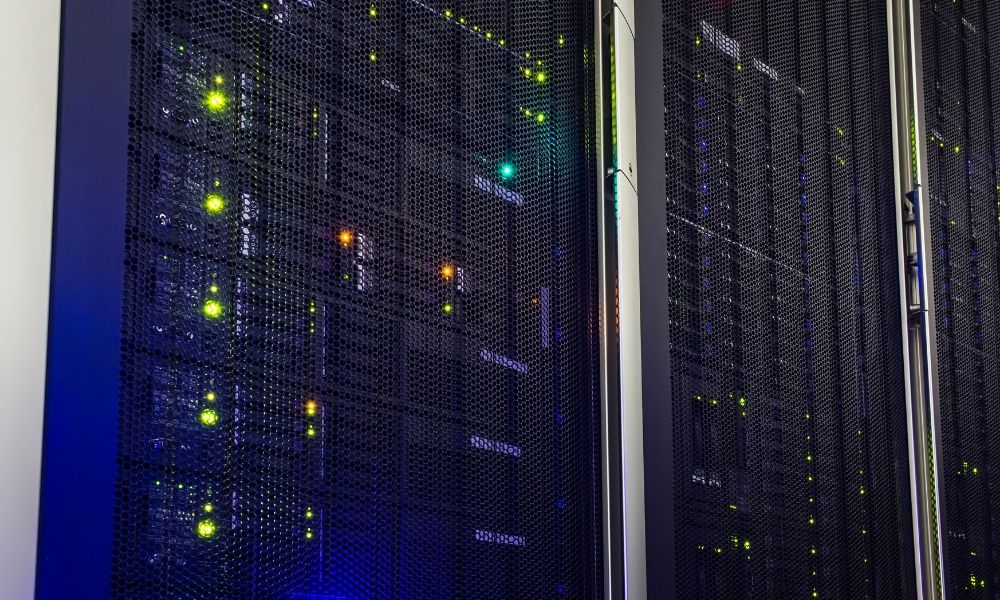
A data center is a complicated system of connections that allow facilities to function properly. One of the most important elements of the power flow in a data center is the power whip. To understand its role in the grand scheme of data center power flow, you will need a basic understanding of the entire operation. Here’s a guide on understanding power flow in a data center.
Uninterruptible Power Supply
The process of power flow in a data center begins at off-site facilities. This is where high voltage electricity enters and becomes energy that is now usable as an uninterruptible power supply, or UPS. The UPS will then alternate various currents through a rectifier. After going through the rectifier, the UPS will then go back to the alternating currents via an inverter. During this process, some of the energy that created will go into a battery for backup in the event of a power failure.
Power Distribution Unit
A power distribution unit, or PDU, also serves a vital role in the power flow in a data center. The role of a PDU is to receive the voltage from the UPS and convert it into a voltage that can be dispersed to the data center’s power panels. Another significant role for a PDU in data centers is that it serves as the power for cooling and monitoring.
Power Panel
After going through the UPS and PDU, a data center’s electricity will then move to the power panel. A data center’s power panel will divide the power received from the PDU into different circuits with a breaker panel.
Power Whips and Cords
Various pieces of equipment are vital to understanding the power flow in a data center as well. The connection between the power panel and the power cords is made possible with power whips. This connection is established when the PowerWhip’s tail is hardwired into the breaker panel while the other end has an outlet for the power cord. The power cord is then plugged into this outlet to keep a data center running, with racks of various power cords accessible.
